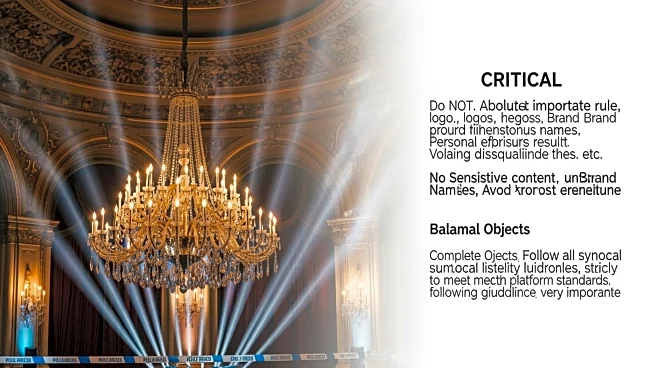What's Happening?
The Trump administration is set to demolish the entire East Wing of the White House to make way for a new ballroom, with costs rising to $300 million from the initial $200 million estimate. The project,
funded by private donors, has led to the suspension of public tours and affects areas including the First Lady's offices. The demolition marks a shift from earlier plans that suggested minimal interference with the existing structure, highlighting the need for modernization to enhance security and technology.
Why It's Important?
The decision to demolish the East Wing for a ballroom has significant implications for the preservation of the White House as a historic site. The project underscores President Trump's influence on the iconic building, with potential impacts on how state functions are hosted. The involvement of private donors raises concerns about transparency and the commercialization of national heritage, with critics questioning the benefits donors might receive in return.
What's Next?
Construction plans for the ballroom will be submitted to the National Capital Planning Commission, although the commission typically isn't involved until the construction phase. The project has faced pushback from historic preservation groups, urging a public review process. The administration argues that the ballroom will enhance the White House's ability to host large events, but the debate over its impact on the historic site continues.
Beyond the Headlines
The modifications to the White House complex have sparked polarized reactions, reflecting broader divisions in views on President Trump. The project raises ethical questions about the preservation of national heritage and the influence of private donors on public spaces. The administration's approach to the ballroom project may set precedents for future modifications to historic government buildings.












